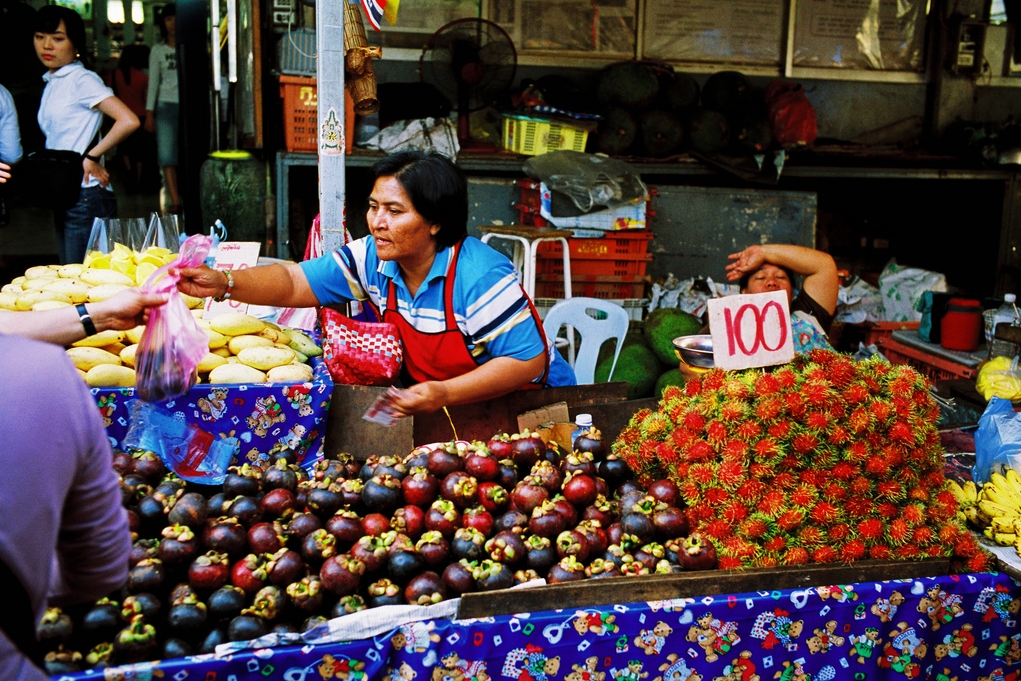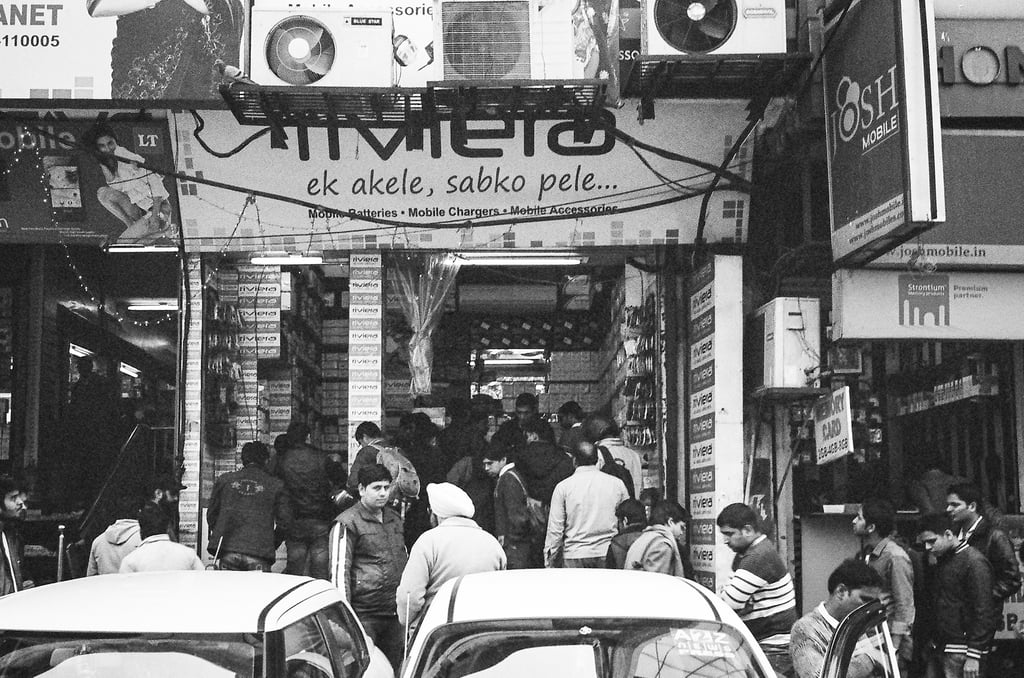

For the last few years I’ve been on a quest to try and understand not just how the Web has changed the world, but also how the world is changing the Web. At best, it’s been a quixotic adventure. You glimpse fragments of strange divergences where local cultures collide with cyberspace, yet the bigger picture remains just out of reach. But sometimes like any good detective story, the best way to solve a mystery is to take the simplest course of action.
Follow the money.
Over the last few years, how we buy things has changed dramatically. We discover brands through our social connections - not just through traditional marketing; the store shelves we choose from are infinite in size - not just limited to physical scale; and we pay for things not just in cash or credit but with the very mobile devices that define our new digital lifestyles.
Interestingly, the seismic shifts in retail have been a global not just a Western phenomenon.
I recently collaborated with Paypal in a landmark study on global online consumer behaviour. The research identified 94 million cross-border shoppers across six key markets, who will spend a total of US$105 billion this year, representing 16% of all online shopping. That number will grow to 130 million by 2018, spending US$307 billion. You can read the detailed analysis in the report or watch the video, but the intriguing part of the study is why people shop overseas and what that might mean for the future of the Web.
As you would expect, a big factor in cross-border trade is price. The top reason for buying online from overseas was to ‘save money’ (80% of respondents). Consumers are getting smarter at exploiting the price and currency differences in overseas markets, whether it be American’s buying clothing and beauty products from the UK, Brazilians buying electronics from the US, or the Chinese buying just about everything from America. But that’s only part of the story.
The second most important consideration that emerged from the research was that consumers bought overseas to get ‘more variety that cannot be found locally’ (79%). In my view, what this number reflects is a new phase of global digital culture. The Web has not only transformed the way goods are bought and sold, it has provided a new platform for consumers to discover and share stories of exotic brands far from home.
We have seen this pattern before. The Spice Routes were the trade links between ancient civilisations in Asia, Northeast Africa and Europe. Expanded and revitalised during the European ‘Age of Discovery’, the Spice Trade was more than just the exchange of exotic goods. It was also in a way, a viral network through which disruptive ideas about everything from economics to art and politics spread.
You will understand now why this report was titled the ‘Modern Spice Routes’. That said, the game is yet to fully play out. The data uncovered thus far represents just the early stages of a new type of globalisation, based not on the arbitrage of low cost wages in the developing world and high income consumers in the West, but on the emergence of a truly global stage for commerce.
The real unknown is the long term impact of mobile. The Web of today may seem to be dominated by Silicon Valley brands like Facebook , Google and Apple. But the mobile Web of tomorrow, shaped by millions of emerging market cross-border shoppers, will be a very different kind of bazaar altogether.


